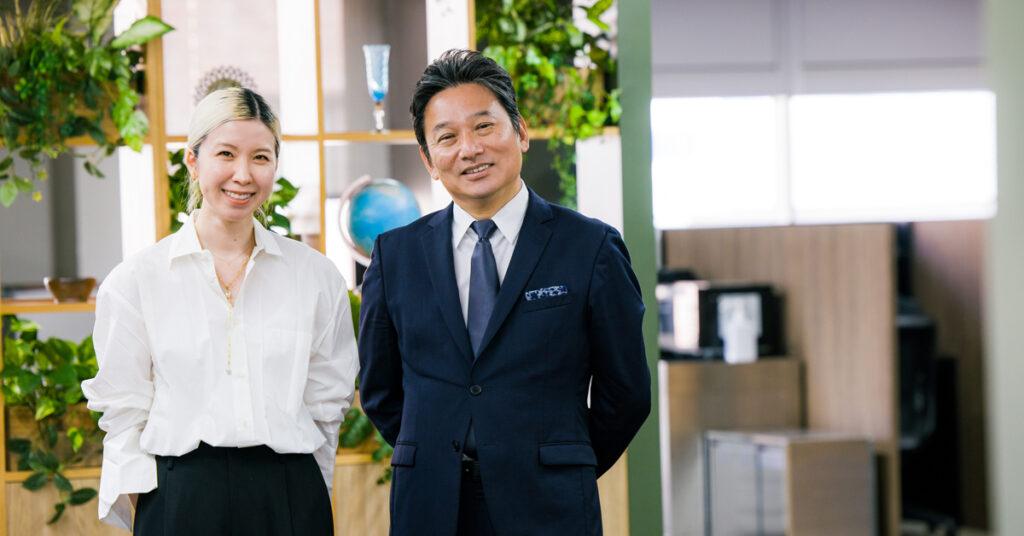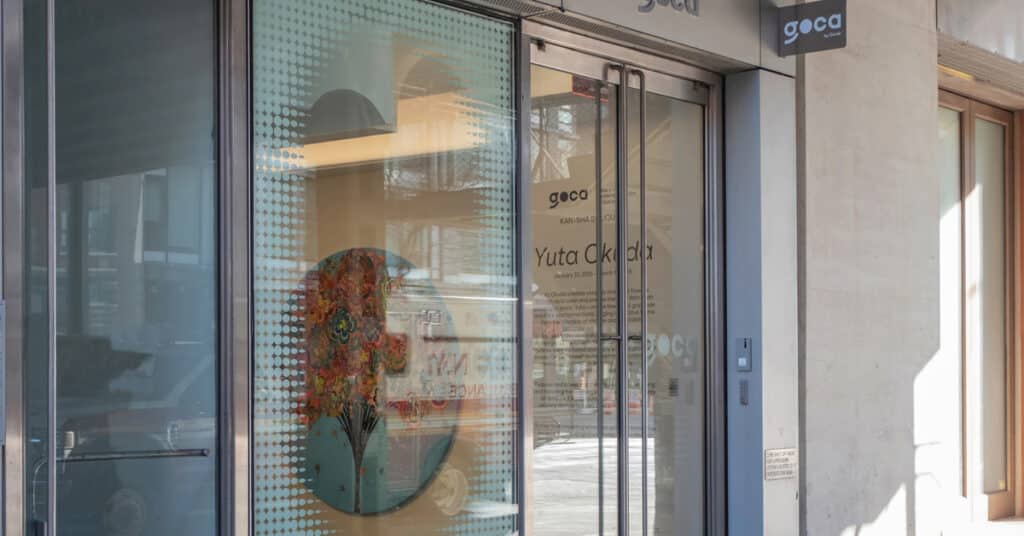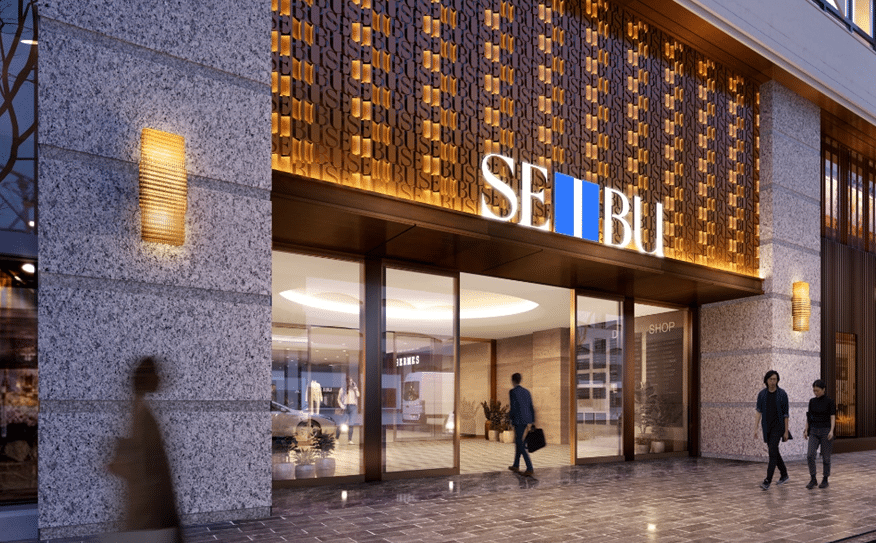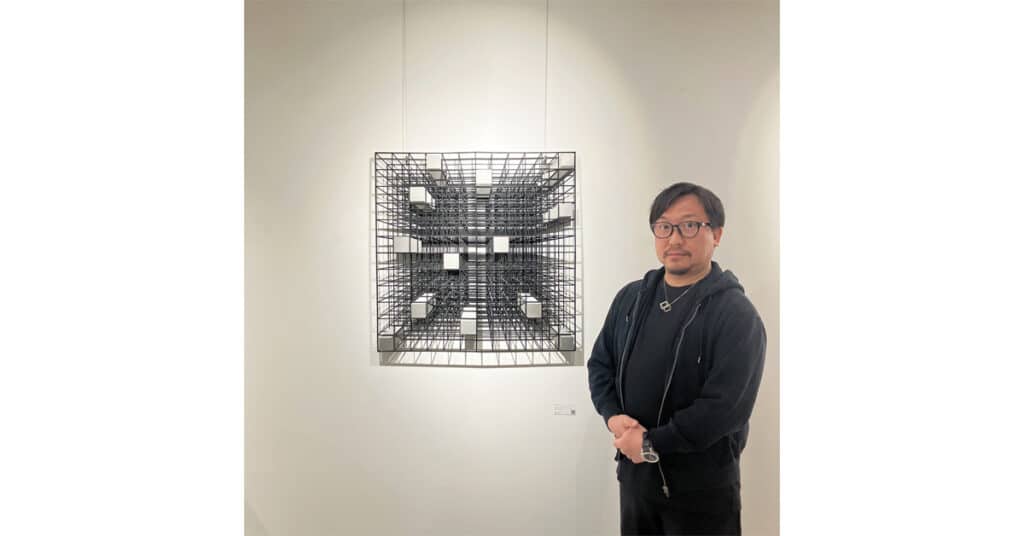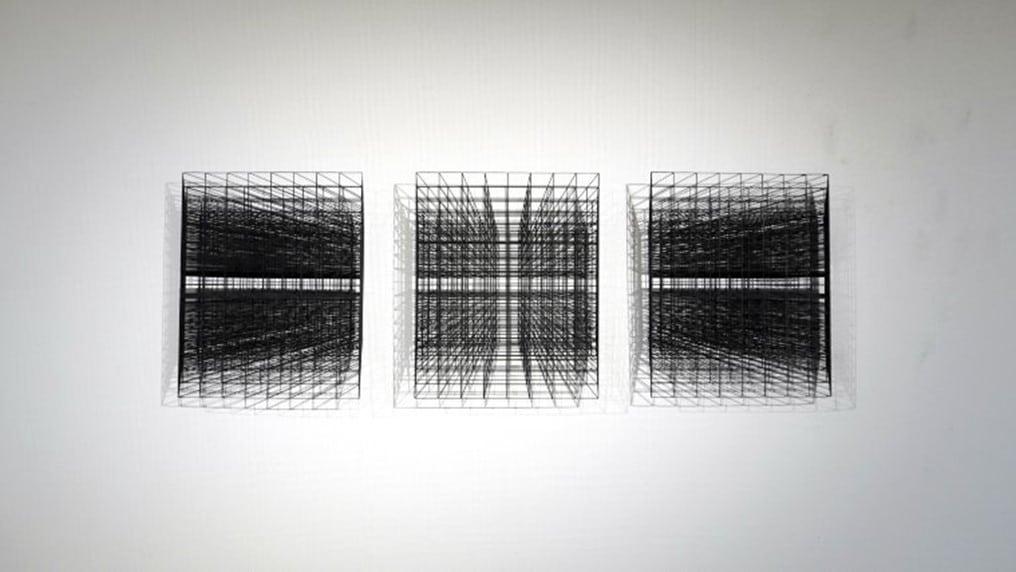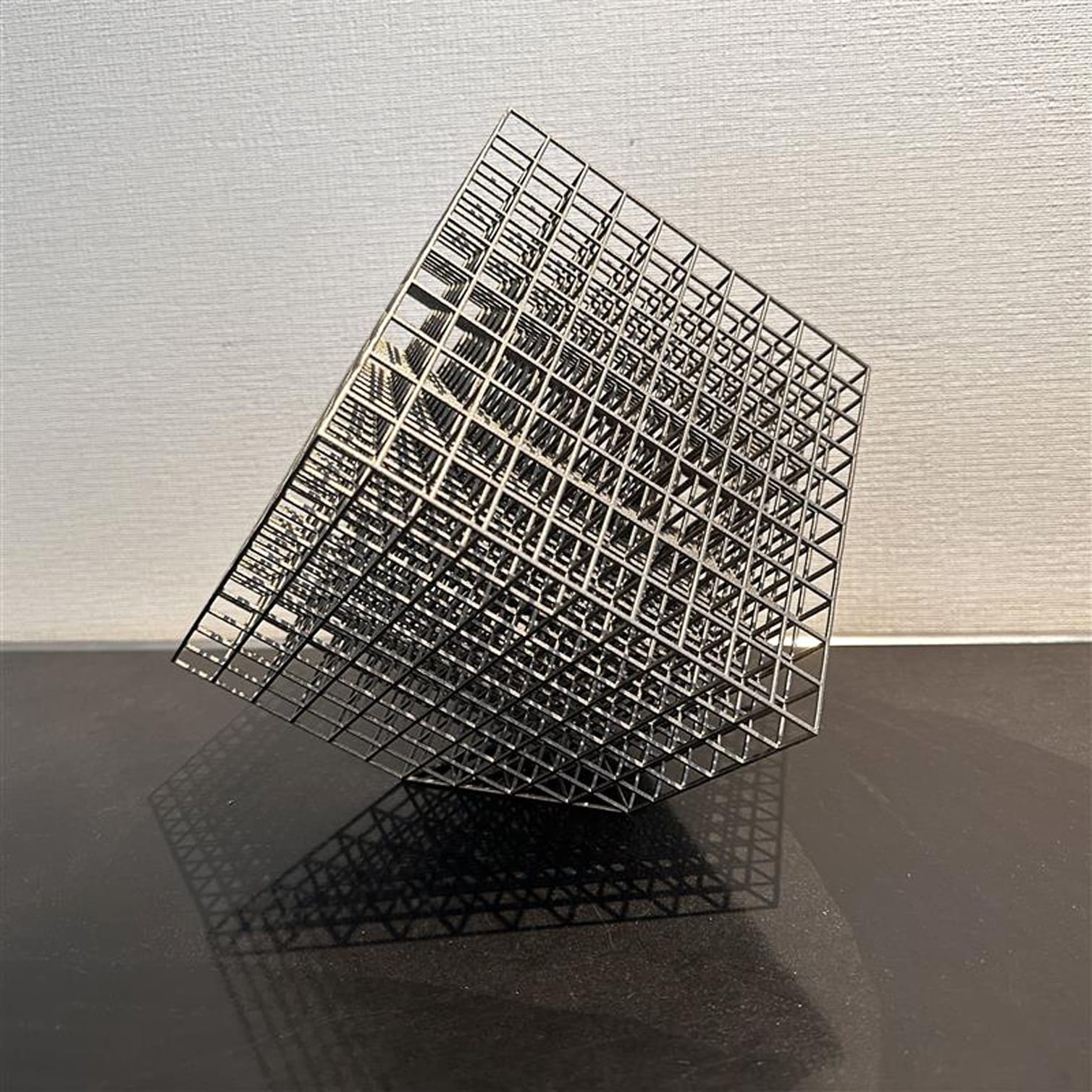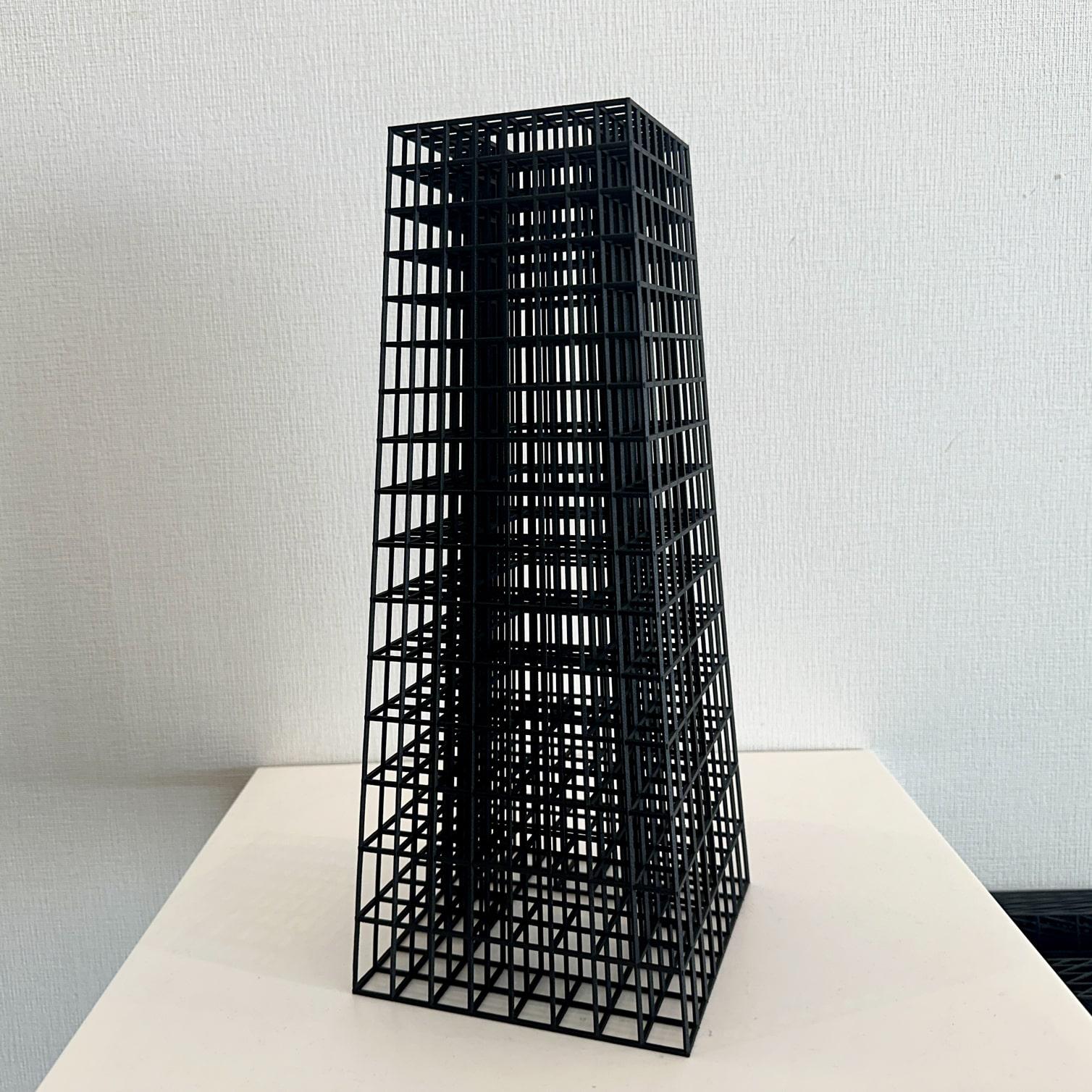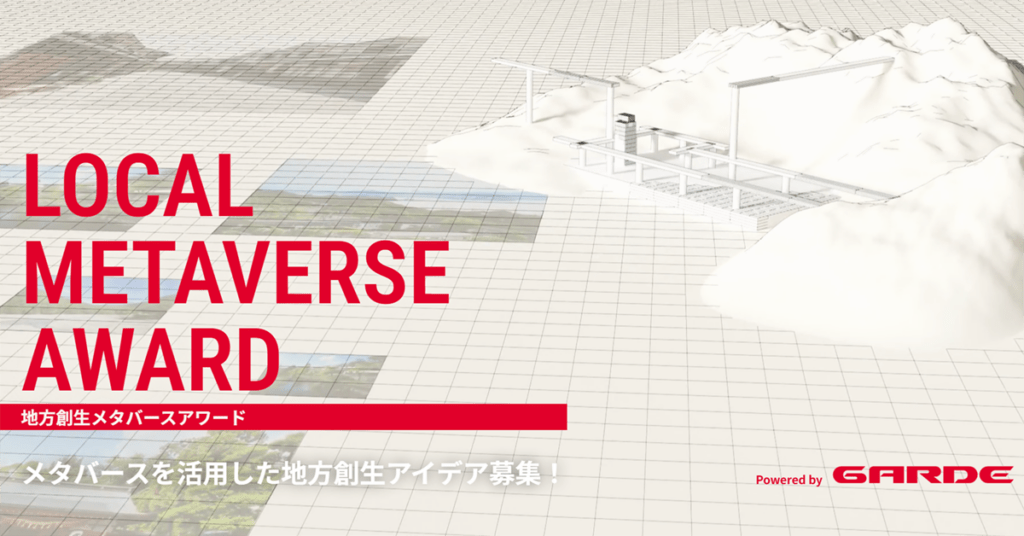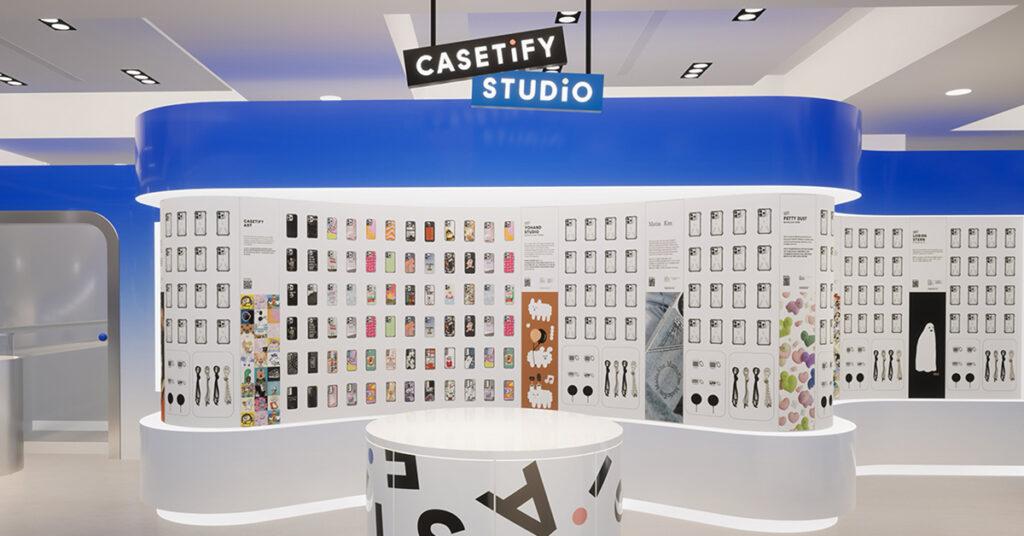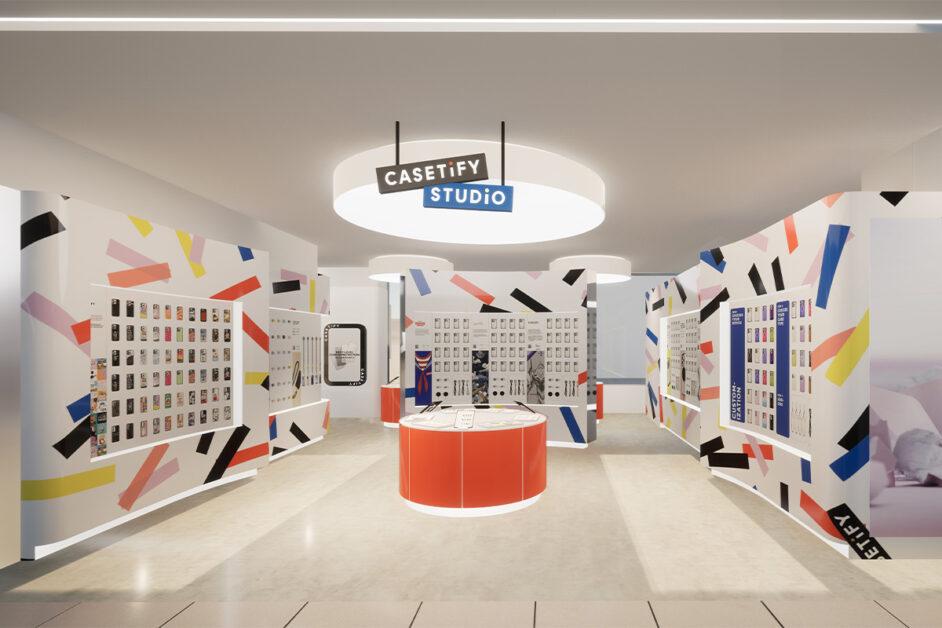【Originally published in Forbes CAREER 】Unwavering Commitment to Quality – The Design Philosophy That Earns the Trust of Global Brands
This interview article, originally published in Forbes CAREER in 2023, has been reprinted in GARDE DESIGN MAGAZINE with permission from Editorial.
In this feature, GARDE President Muro and Project Manager Sato discuss the firm’s expertise in luxury brand design, sharing insights on the current landscape and future outlook of the industry.
<The article is as follows>
With over 40 years of history in architectural design, GARDE has left its mark on cities around the world. The firm has worked on a diverse range of projects, including luxury brand spaces that elevate urban landscapes, hotels that provide memorable moments with family and friends, department stores and boutiques that enhance the shopping experience, and cutting-edge office spaces designed with the latest methodologies. Some of these projects have transcended the realm of commercial facilities to become landmarks in their respective countries and regions.
When designing for luxury brands, GARDE excels in preserving brand value and concept while adapting to local cultures and customer preferences. This requires seamless collaboration between project managers who oversee operations, and local architects, who ensure compliance with domestic regulations. Their expertise is essential in achieving a harmonious integration of people, culture, and design.
As the world emerges from the COVID-19 pandemic and global mobility resumes, GARDE continues to push the boundaries of design excellence. We spoke with President Kenji Muro and Project Manager Kaede Sato about the company’s current initiatives and the qualities they seek in new talent.
Providing an Environment for Growth Through Challenges
Located in Omotesando, Minato-ku, Tokyo, a district where global luxury brands converge and attract tourists from around the world, GARDE’s office is perfectly positioned at the intersection of brand culture and people. This location reflects the company’s identity and mission. Since its founding in 1985, GARDE has been shaping both domestic and international design from its base in Omotesando for over 30 years.
At the helm of GARDE today is Kenji Muro, who specialized in spatial design at Musashino Art University before beginning his career as a designer at Mitsukoshi Department Store. He joined GARDE in 2010 and was appointed President in 2022.
When expanding into overseas markets, Muro developed a unique approach: rather than participating in competitions, he focuses on direct engagement with key decision-makers to secure new projects. This strategy stems from his extensive international experience, including time stationed in Hong Kong.
But why did Muro transition from a prestigious department store to a career focused on localizing luxury brands?
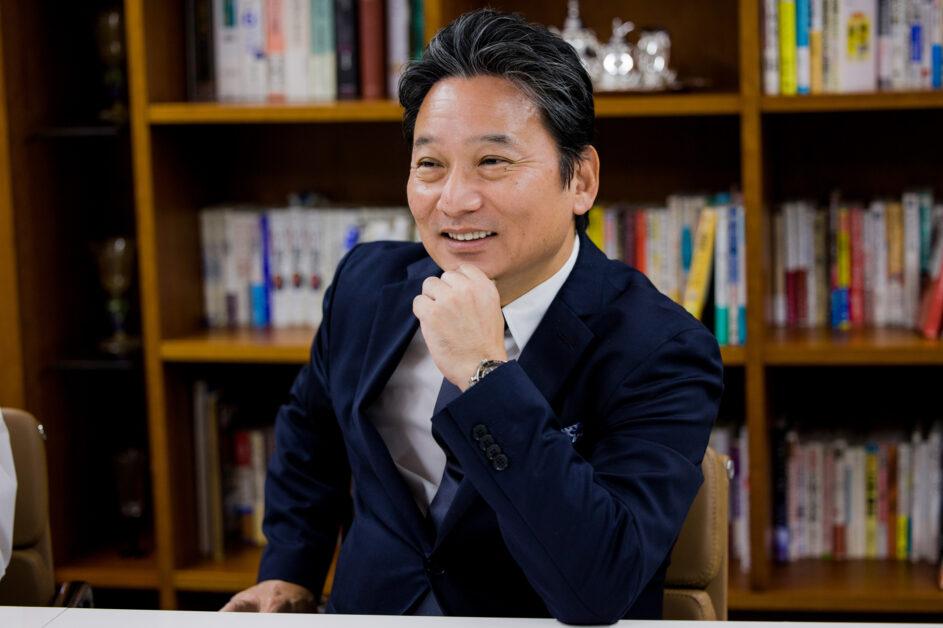
“I left Mitsukoshi because I wanted to work on hotel and other design projects, expanding beyond department store design. At the same time, I felt a strong desire to challenge myself in a new environment and see how far my abilities could take me in my early 40s.
Since I had already been in contact with GARDE during my time at Mitsukoshi, I knew that the scale of the company would allow me to pursue the kind of projects I was passionate about. That confidence led me to make the decision to join GARDE.” (Muro)
Seated across from Muro, Kaede Sato, now in her sixth year at GARDE, listens attentively, nodding as she hears this reflection for the first time. Unlike Muro, her journey to GARDE began in an entirely different setting—during her studies in the United States:
“I majored in art while studying in the United States, and during my job search, GARDE was the only design firm participating in a career event for international students. Since my background wasn’t in architecture, I initially hesitated, wondering if it was the right fit. However, I was drawn to the opportunity to challenge myself on a global stage, so I took the leap and joined the company.
I had considered staying in the U.S., but American companies tend to hire candidates with more experience, whereas Japanese firms like GARDE actively recruit fresh graduates and provide on-the-job training. That structure suited me well at the time, making GARDE the right choice for my career.” (Sato)
Building Brand Loyalty Through Communication
Over the years, GARDE has been responsible for designing a wide range of retail spaces and commercial facilities, including BARNEY’S NEW YORK, Hankyu Umeda Department Store, and Ningbo Hankyu in China—an expansive 170,000m² department mall that opened in April 2021, featuring around 50 luxury brands. As previously mentioned, localizing luxury brands is one of GARDE’s key strengths. But what is the secret behind the company’s ability to consistently secure large-scale projects?
“Of the approximately 130 international brands operating in Japan, GARDE has worked on projects for around 80 of them. This number often surprises people, but we don’t have a secret formula. Ultimately, what luxury brands look for in localization is simple—whether we can faithfully reproduce and express their quality.
To achieve this, we engage in meticulous discussions with the brand’s global headquarters, repeating the process multiple times to ensure alignment. The key to this is communication. It’s about truly listening to their needs while also clearly articulating our own perspectives. Through this continuous dialogue, we build relationships where brands come to trust and even develop a fondness for us. I call this process ‘fan conversion.” (Muro)
Muro’s insight highlights GARDE’s strength—not just in selling design solutions, but in selling trust and relationships through unwavering commitment to communication. His emphasis on relationship-building is reflected in GARDE’s company culture, where collaboration and open dialogue create an environment that balances both comfort and intensity.
“I feel that communication is deeply ingrained in our company culture. GARDE is made up of highly skilled, craftsman-like professionals, but when it comes to work, we come together seamlessly. Discussions can get heated, of course, but rather than a strict top-down approach, we operate on a flat hierarchy—constantly engaging in deep conversations about how to enhance the brand’s value.” (Sato)
A Balance of Big-Picture Thinking and Attention to Detail – The Key to Each Role
As previously mentioned, Sato joined GARDE as a new graduate, and from the outset, she was hired as a project manager. Starting with assistant-level tasks, she gradually took on greater responsibilities as she gained experience.
Muro describes Sato as “the company’s mood maker,” and despite the challenges of her role, she reflects on her time at GARDE with enthusiasm:
“The work is demanding, but I can truly feel myself growing.” (Sato)
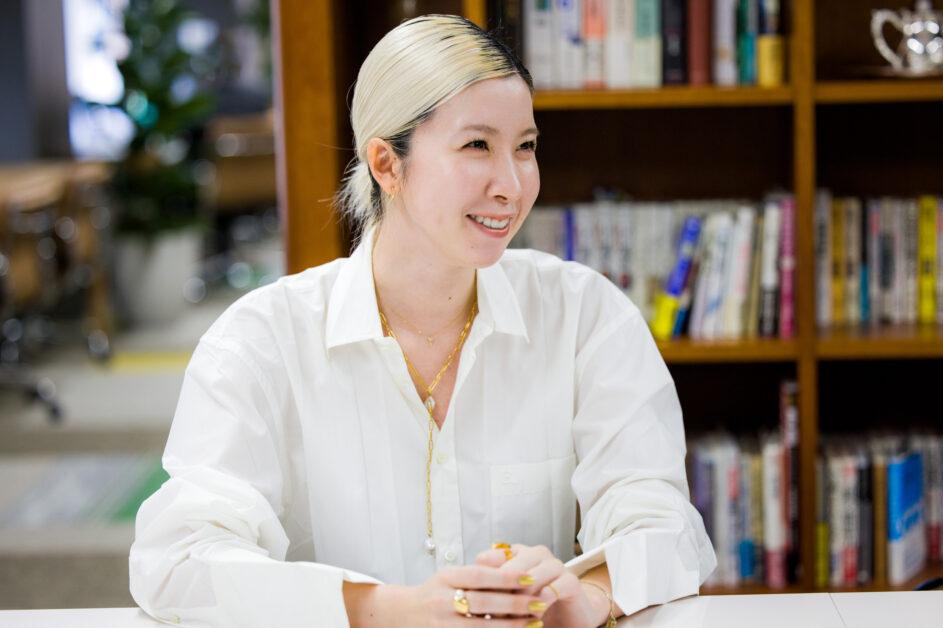
Big-Picture Thinking and Attention to Detail – Key Traits for Each Role
As mentioned earlier, Kaede Sato joined GARDE as a new graduate and was immediately hired as a project manager. She started with assistant-level tasks and gradually took on larger responsibilities as she gained experience.
“A project manager’s role is to ensure smooth execution by breaking down the schedule and costs while maintaining an overarching view of the entire process. This means conducting meetings in English with overseas headquarters, traveling on-site to finalize details, and ensuring everything stays on track.
One of my most memorable projects was working on a luxury brand store in GINZA SIX. With limited time, we had to balance schedule and costs while maintaining design integrity. The sense of accomplishment from that experience is what continues to drive me forward today.” (Sato)
While project managers focus on overseeing the entire process, local architects play a different yet equally crucial role—adapting a luxury brand’s design standards and manuals to comply with Japanese laws and materials, ensuring proper execution throughout the construction phase.
“GARDE’s local architects are responsible for transforming the design outlines created by overseas brands into detailed drawings that comply with Japan’s regulations, making them suitable for bidding and construction. They must also continuously monitor the execution to ensure the design is realized correctly.
What is essential here is the ability to create high-precision drawings that faithfully reproduce the brand’s expected quality. This level of attention to detail requires a meticulous and highly focused mindset.” (Muro)
Turning Challenges into Motivation – The Power of a Positive Mindset
When considering the qualities GARDE looks for in talent, there are some differences between project managers and local architects, but strong communication skills and craftsmanship are key for both roles. Given the frequent negotiations with overseas luxury brands, language proficiency is also an important asset.
One might assume that thriving in such a high-profile industry requires a vast skill set. However, Muro believes that a strong “positive mindset” can open the door to success.
“In design work, it’s crucial to anticipate client needs and proactively propose ideas. This ultimately enhances client satisfaction. If you can turn challenges into motivation and maintain a positive outlook, you’ll be able to overcome most obstacles.
We’re looking for individuals with strong communication skills who can take initiative and actively engage in projects.
At the same time, we don’t leave skill development entirely up to the individual. We invest heavily in training, covering certification costs for design and construction management qualifications, and providing opportunities for overseas training ranging from a few weeks to a year, allowing employees to visit brand headquarters and gain firsthand experience.” (Muro)
Listening to Muro, Sato nods in agreement, reflecting on her own experiences at GARDE:
“Being involved in a project from start to finish means carrying a great deal of responsibility and pressure. However, there’s nothing more rewarding than bringing a globally recognized brand’s vision to life alongside my colleagues and seeing our work seamlessly integrated into people’s daily lives.
At GARDE, you get to build something from the ground up—a level of hands-on involvement that’s hard to experience at large corporations.” (Sato)
Beyond Design – Expanding into New Business Fields
While continuing to focus on its core expertise, GARDE is also expanding into three new business areas:
- The Metaverse
- Regional Revitalization
- Art
Muro describes this shift as “non-design, non-interior work”, but in reality, the underlying goal remains the same—contributing to society through design.
As GARDE continues to push boundaries and explore new creative landscapes, one question remains: What kind of world will they create next?
With Muro, Sato, and the entire GARDE team dedicated to challenging the status quo, the possibilities are endless.
Written by: Kenji Yoshinaga
Photography by: Ryo Komizu
Edited by: Kana Honma
Promoted by GARDE
Originally published in Forbes CAREER
Original article: Forbes Career
Recruitment Opportunities
Local Architect: https://career.forbesjapan.com/jobs/583?from=673
Project Manager: https://career.forbesjapan.com/jobs/584?from=673
Contact Information for Application and Inquiries
jinji@garde-intl.com

